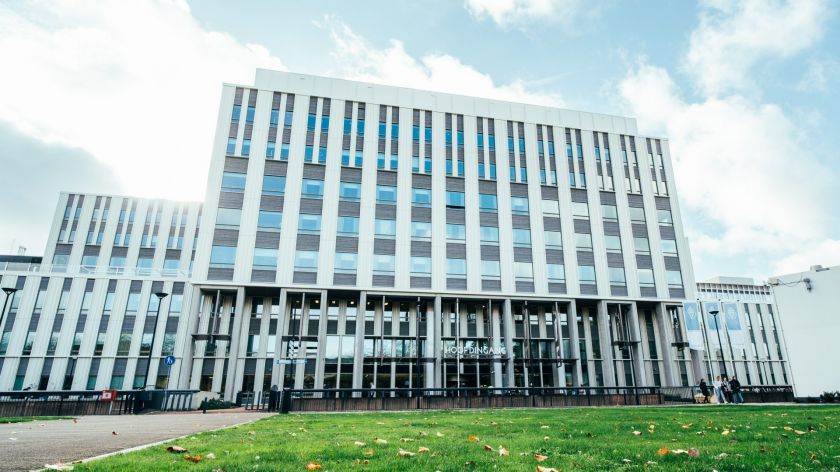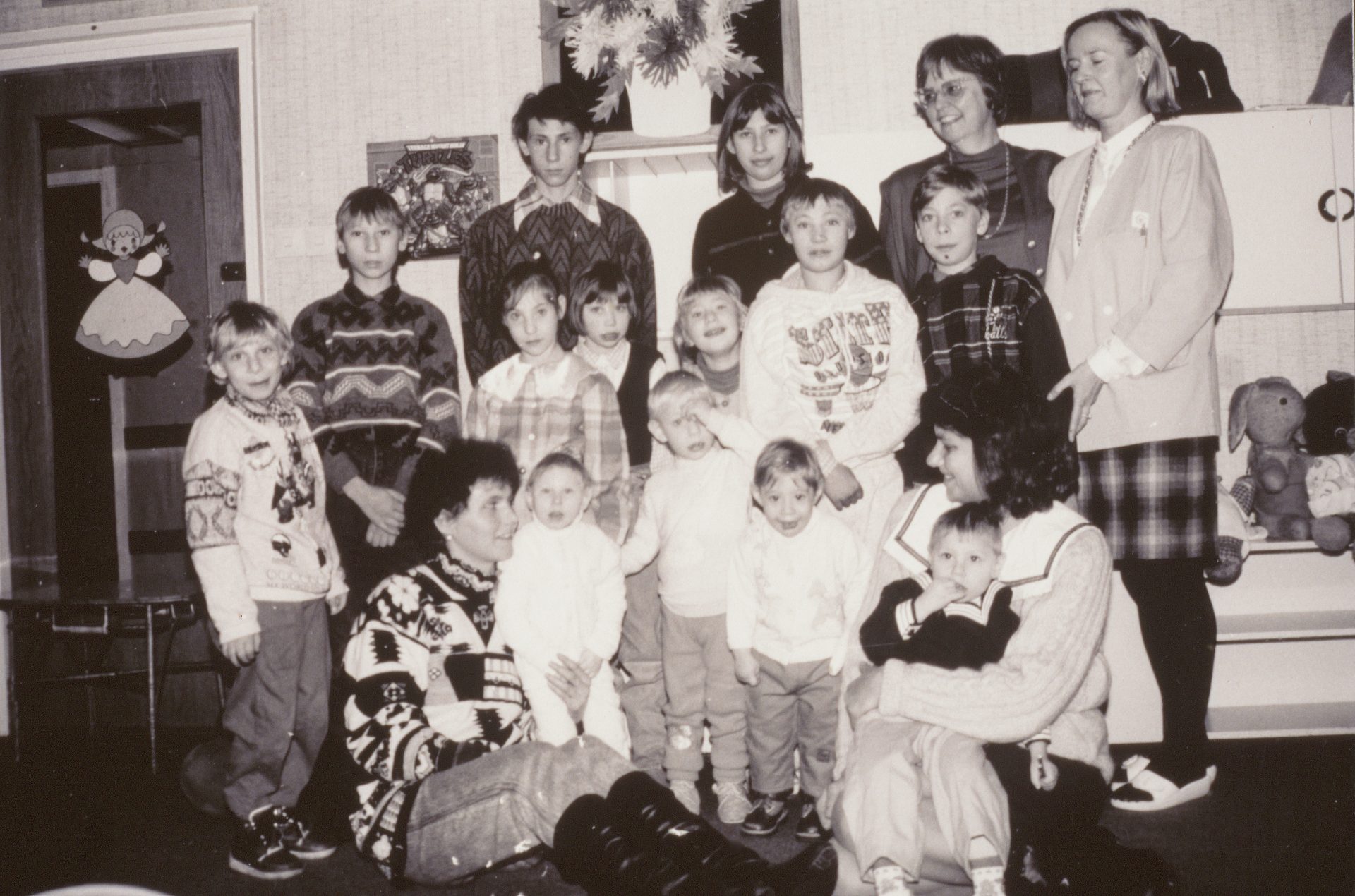The Nijmegen Breakage Syndrome has long been forgotten in Nijmegen
-
 Het Radboudumc. Foto: Johannes Fiebig
Het Radboudumc. Foto: Johannes Fiebig
The name of Nijmegen is widely known among doctors in Slavic countries. Not because of a university celebrating its centenary, but because a chromosomal abnormality that is particularly common in those countries was named after Nijmegen. Former paediatrician Corry Weemaes discovered this abnormality, which is all but forgotten in her own city, in the late 1970s.
New Vox
This story is part of the new Vox, which can be found on campus this week. In this Vox we dive into the history of the 100-years old university and look towards its future.
‘I know Nijmegen,’ says a Polish medical student in a bar in Wroclaw’s entertainment district excitedly. Moments before, the Vox reporter, who is visiting a friend in Poland, got talking to her. ‘I know the city because of the Nijmegen Breakage Syndrome,’ the medical student continues. She heard about it in a lecture at the university.
The Nijmegen Breakage Syndrome? Never heard of it. A quick survey among a number of medical students and doctors affiliated with Radboud university medical center (Radboudumc) reveals that they have not heard of the disease either. An online search yields only a few results. Finally, an English-language Wikipedia page turns out to offer a short description of the disease. There is no equivalent Dutch-language page, but there are Polish, Czech, Russian, and even Ukrainian versions.
Long list of conditions
The syndrome appears to have been named after Nijmegen in the 1970s. Why is the disease included in the Polish medical curriculum, but virtually forgotten in the city on the Waal? Corry Weemaes, former paediatric immunologist at Radboudumc, knows all about it. It was Weemaes (now 82) who spearheaded the discovery of the Nijmegen Breakage Syndrome (NBS) almost fifty years ago. ‘The simple answer is: the syndrome is more common in people of Slavic origin. Especially in Poland, relatively many people have it.’ She shows a publication on NBS on which she collaborated: Thirty-one out of 55 respondents were of Polish origin.

People with NBS have a translocation, meaning that a piece of one chromosome has ended up on another chromosome. In this case, the 7th and 14th chromosomes, to be precise. This translocation is a defect in the gene, leading to patients developing a long list of conditions. Characteristics include a deformity of the forehead and chin, large ears, and a large nose. The condition may also cause growth retardation, mild intellectual disability, and various skin conditions. Patients also have issues with their immune system.
Discovered by chance
Why does an Eastern European disease bear Nijmegen’s name? ‘I actually discovered the condition by accident,’ explains Weemaes. ‘I took part in a nationwide study on children with IgA deficiency [a condition that causes the immune system to malfunction, Eds.]. One of these children was then 10-year-old Bertie. The study looked at abnormal genes. This was done by growing chromosomes, which contain genes, and then detecting abnormalities, such as breaks, in those chromosome cultures. And that was the case with Bertie as well.’
‘I’m not a disease, and Bertie even less so‘
Other doctors thought Bertie suffered from Ataxia-telangiectasia, a better-known genetic disorder in which children have difficulty moving, and a weakened immune system. But Weemaes did not believe in this diagnosis because of Bertie’s physical features. ‘I could see that he didn’t have Ataxia-telangiectasia. When I learned that he had a younger brother with the same problems and that his parents were also related, we decided to publish it as a new syndrome.’
And so the ‘Nijmegen Breuksyndroom’, as it is known in Dutch, was born. Why did Weemaes not name the condition after herself, as is common in medicine? ‘I’m not a disease, and Bertie even less so,’ she says firmly. But what about the Eastern European connection? ‘A colleague happened to see that research was being done in Prague on people with similar conditions. But the Czech doctors didn’t know exactly what these people were suffering from. When we looked at these patients’ blood samples, it was immediately clear that the same chromosomal break was involved.’
All Berties
Weemaes continued her research on the NBS in the 1980s, travelling around the world in the process. ‘Prague, Berlin, several cities in Poland and in the United States. I even went to Japan.’ She laughs. ‘I remember visiting a colleague in Poland to examine some children who might had NBS. When I entered the room, I knew straight away. All Berties, I thought when I saw the children.’
‘People with NBS have an increased risk of cancer‘
Attention to the condition subsequently declined in the Netherlands due to a lack of patients. But in Eastern Europe, research continued. ‘And just as well that it did,’ says Weemaes. ‘People with NBS have an increased risk of cancer. But because of their faltering immune system, they can’t just be given radiation therapy – it could kill them. Neither can they just undergo chemotherapy. So it’s important that the syndrome is recognised.’
Since her retirement in 2006, Weemaes has had little to do with the Breakage Syndrome, which does not mean she has left healthcare behind. She still volunteers to help with research on Ataxia-telangiectasia at Radboudumc.
And how did young Bertie fare? For someone with NBS, he had a great life, Weemaes says. ‘At age 18, he developed cancer. After successful treatment, he was able to resume his life. In the end, he lived to be 30, which is older than most NBS patients.’




